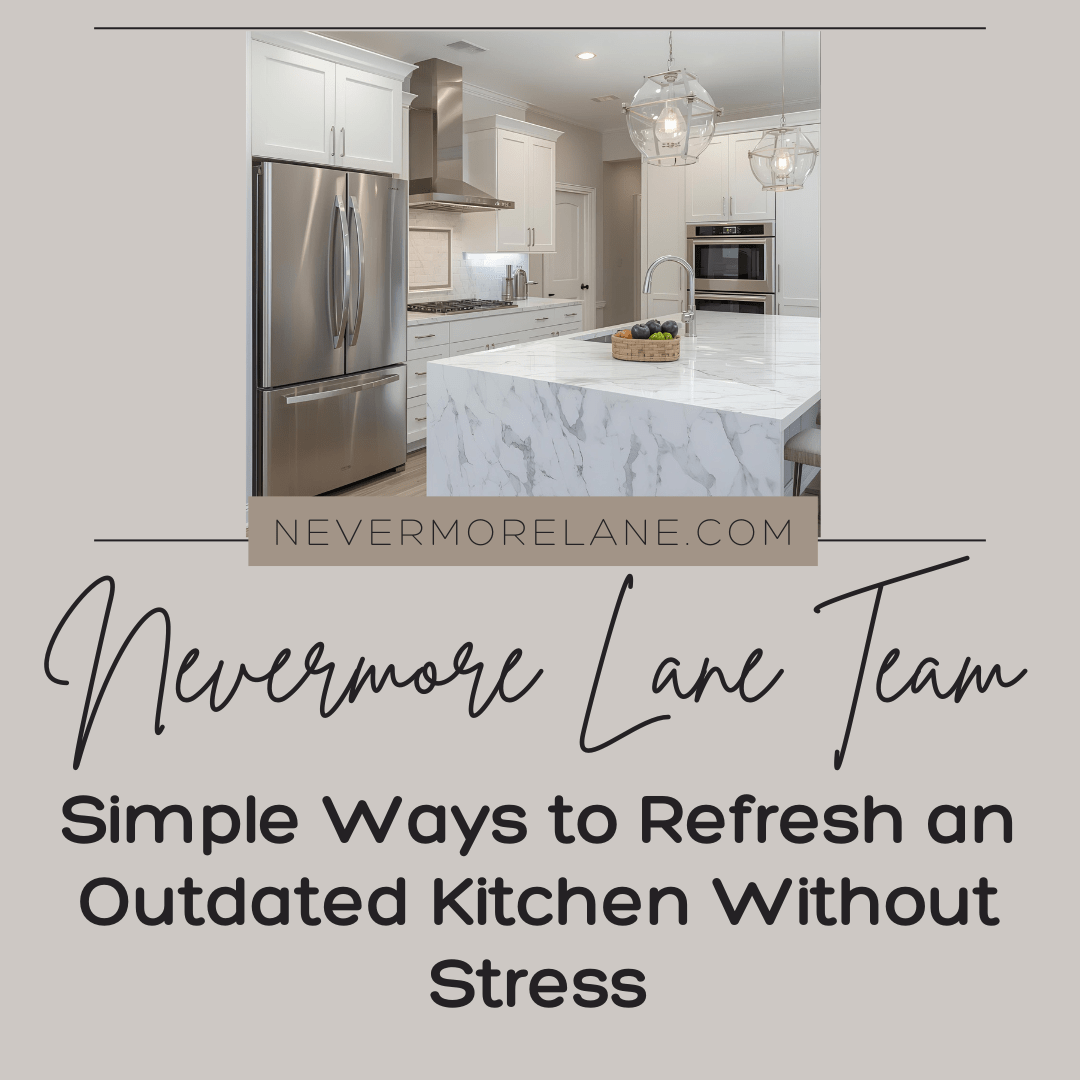How to Choose the Perfect Mattress for Your Lifestyle and Space
The mattress that seemed perfectly adequate five years ago now creates morning back pain, disrupted sleep, and the nagging awareness that one-third of life happens on a surface that no longer serves its purpose. Choosing a new mattress feels overwhelming when faced with endless options, conflicting advice, aggressive salespeople, and price tags that range from budget-friendly to mortgage-payment territory. The stakes feel impossibly high because this single purchase affects sleep quality, physical health, relationship harmony if sharing the bed, and daily energy levels for the next decade. Getting it wrong means years of poor rest or the financial loss of replacing an expensive mistake.
The perfect mattress for one person becomes a nightmare for another because individual needs vary dramatically based on sleep position, body type, health conditions, temperature preferences, and whether the bed accommodates one sleeper or two with different requirements. Studio apartment dwellers face space constraints that eliminate certain mattress types and sizes. Couples need compromise solutions that satisfy both partners. Side sleepers require different support than back or stomach sleepers. Chronic pain sufferers need therapeutic features that healthy sleepers can ignore. These variables multiply when considering mattress types including memory foam, innerspring, hybrid, latex, and adjustable options that each offer distinct advantages and drawbacks.
Lifestyle and space considerations deserve equal weight alongside comfort preferences when selecting the mattress that will support better sleep and healthier living. Understanding how sleeping habits, bedroom dimensions, budget realities, and physical needs intersect creates clarity that cuts through marketing hype and sales pressure. The right mattress exists for every situation, but finding it requires systematic evaluation of personal requirements rather than accepting generic recommendations designed for mythical average sleepers who don’t actually exist.
Choose the Right Size
Everyone assumes bigger is always better, of course, it’s hard to pass up the temptation of a king-size mattress, but you’ve got to think about the available space in your room. You need space to walk around. To open dresser drawers. To not stub your toe at 2am when you’re half asleep.
Here’s what actually matters. If you sleep alone and don’t move much, a full one might be perfect. Got a partner who steals covers? Yeah, queen minimum. Kids or pets invading every night? King makes sense then. But if your room’s tiny, a massive bed just makes everything feel cramped. Sometimes a smaller mattress with actual room to move around beats a huge one that eats up all your space.
Your Sleep Style Is Everything
Side sleepers need different support than back sleepers. If you’re on your side, your hip and shoulder dig in more. You need something softer to cushion those pressure points. Otherwise you wake up with that dead arm feeling.
Back sleepers can go firmer. Your weight spreads out more evenly. Stomach sleepers? You guys need the firmest option or your back will hate you. And if you’re one of those people who rotates like a rotisserie chicken all night, go medium. It’s the safest bet.
Hot Sleepers vs Everyone Else
Some people just run hot at night. If you’re kicking off blankets by midnight even in winter, you know who you are. Memory foam might feel amazing in the store but it traps heat like crazy. You’ll wake up sweating. Look for something with better airflow instead.
Cool sleepers can handle pretty much anything. Those plush pillow tops that feel like clouds? Go for it. The heat retention won’t bug you at all. Temperature has a big impact on quality of sleep, so make sure you’re making the right call.
Test Before You Buy
Yeah, lying on a mattress in a store while some salesperson stares at you feels super awkward. Do it anyway. Lie in your actual sleep position. Not that polite on your back thing everyone does. Bring your own pillow if you’re really committed. Stay there for at least ten minutes. The first minute tells you nothing, you need to give it time to assess how the mattress really feels.
Rest Easy With the Right Choice
Choosing the perfect mattress starts with honest assessment of sleep position, body type, and any pain issues requiring specific support. Side sleepers need softer surfaces that cushion shoulders and hips. Back sleepers require medium firmness supporting natural spine alignment. Stomach sleepers benefit from firmer mattresses preventing lower back strain. Couples often compromise with medium-firm options or split mattresses offering different firmness levels per side.
Space constraints influence mattress type and size selection. Small bedrooms accommodate platform beds with thinner mattresses better than traditional box springs. Studio apartments benefit from space-saving options like Murphy beds or daybeds. Budget considerations affect whether foam, innerspring, or hybrid construction makes sense. Quality mattresses typically last seven to ten years, making this investment worth careful deliberation.
The perfect mattress transforms sleep from something endured into genuine restoration that supports every waking hour. Mornings start without pain. Energy sustains through entire days. Relationships benefit when both partners sleep comfortably. The bedroom becomes a sanctuary rather than a source of physical discomfort and resentment. Choosing wisely means recognizing that no universal best mattress exists, only the best mattress for specific bodies, spaces, and lives requiring support night after night for years to come.
Photo by Kathyryn Tripp on Unsplash






